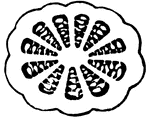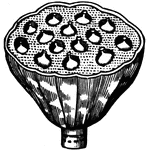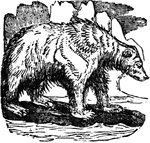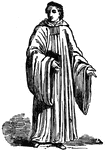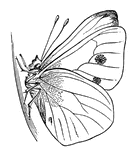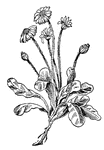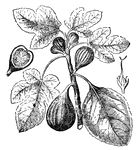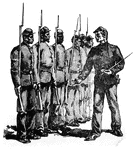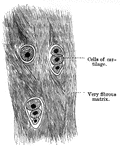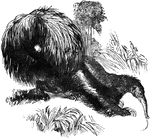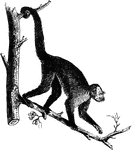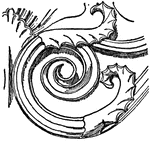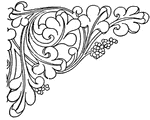
Red Buckeye
Leaves opposite, pinnate or with 3 leaflets, having stipules, and also little stipules to the leaflets.
Vorticella
Vorticella is a protozoan. Except for when young, it is usually found attached to dead leaves or sticks…

Valerian
Valerian, the type genus of Valerianaceae; an order of herbs. It is distinguished by opposite leaves…
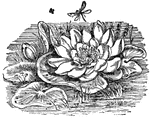
Water Lily
The White Water lily is found in all temperate climates, and attains great size in the tropics.
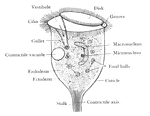
Vorticella
The vorticella is an interesting protozoan. It is found on submerged stems and leaves in stagnant water,…
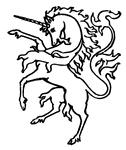
Unicorn
The unicorn is a mythological creature usually depicted as a white horse with a slender horn atop its…
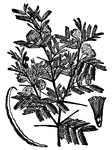
Acacia
A genus of plants of the order Leguminosae, consisting of trees or shrubs with compound pinnate leaves…

Holstein Cow
Holstein cows are raised on dairy farms for dairy purposes. These cows are black and white.
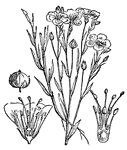
Flax. Flower and Seed-Pod
Flax is an annual plant with alternate linear-lanceolate leaves, many-flowered broad cymes, usually…

Poisonous Hemlock
Hemlock is a genus of poisonous plants. It has a tall, hollow stem and white flowers.
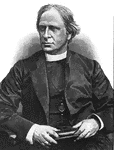
Edward White Benson
An English clergyman, born in Birmingham, July 14, 1829. Became the archbishop of Canterbury.

Jute
Similiar the "hemp". The tops server for pot-herbs, the leaves for manure, the stalks for fences, the…
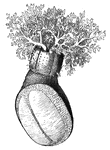
Sea-Orange
A type of sea cucumber that is a beautiful rose-color with fine white stripes running from end to end.
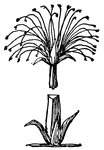
Papyrus
The papyprus is a frequent form in Egyptian ornament. Its straight, stiff triangular stem with four…
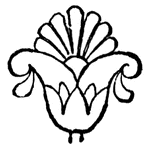
Lotus-Palmette with Tabs
Lotus-palmette with tabs consists of a group of diverging leaves or petals springing from between two…

Acanthus
Acanthus spinosus offers, by its formally regular growth and its crisp, crinkly and prickly leaves,…
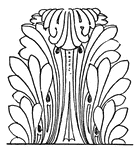
Acanthus Leaves
The Roman acanthus constitutes a type, rather than a particular form of leaf. As compared with the Greek…

Rinceau
A band design that includes a round stem, springing from a nest of acanthus leaves, then branching into…

Athenian Lecythus
Greek Vases made especially to deposit in tombs, and are ornamented with polychrome figures on a white…

Acroterium
The acroterium is the pedestal on the angle or apex of a pediment, intended as a base for sculpture.…
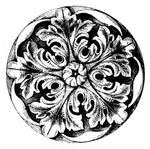
Cinquefoil
A five-leaved ornament, in circular and other divisions of the windows of ancient churches, and also…
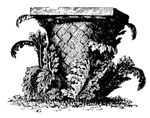
Corinthian Capital
A basket with acanthus leaves growing around it—the supposed inspiration for the Corinthian capital.

Old Church
"Desperate skirmish at Old Church, near Tunstall's Station, VA., between a squadron of the Fifth United…
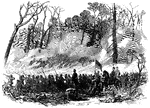
Battle of Shiloh
"Battle of Shiloh, or Pittsburg Landing, left wing- the woods on fire during the engagement of Sunday,…
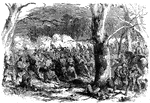
Storming of Fort Donelson
"Storming of Fort Donelson- decisive bayonet charge of the Iowa Second Regiment on the Confederate intrenchments…

Burning of the White House
"Burning of the White House- the Federal troops, by command of General McClellan, abandoning their position…
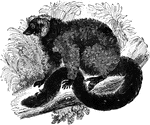
Red Lemur
"This lemur is noted for its brillant colorings, the greater part of the body being covered with a vivid…
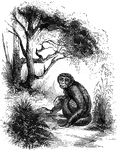
Diadem Monkey
C. diadematus. This monkey is nearly black, the lower prts being green. It is marked with a…
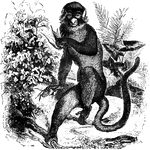
White-Nosed Monkey
C. nictitans. The nose of this monkey is not only white, but more prominent than in most monkeys.…
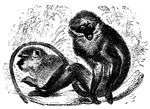
Sooty Monkey
"C. fuliginosus, has the upper parts of the body generally of a smoky gray; the lower parts…
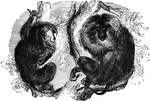
Wanderoo Monkey
"M. Silenus, has its hair deep black throughout, with the exception of the long beard mane,…
